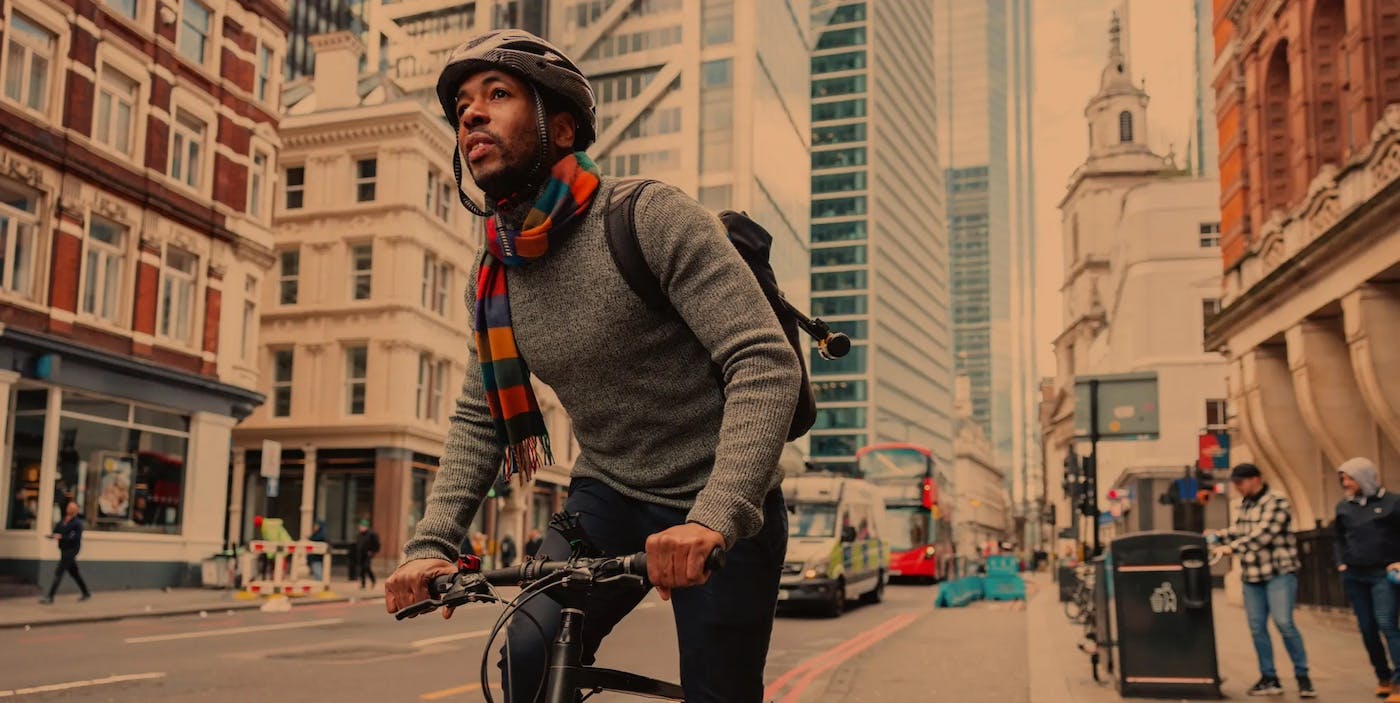

The 2024 City Ratings represents the largest number of rated cities and towns in program history. By comparing the best cities for biking, local leaders, decision makers, and advocates can act on key lessons to build more safe, fun, and connected places to ride across the U.S.
Top Cities
New 2024 Countries



We're making the U.S. the best place in the world to ride a bike.
Cities on the Rise
Since our City Ratings program began seven years ago, we've benchmarked progress to improve bicycling in cities nationwide. In 2019, only 32 U.S. cities received a score of 50 or higher, a significant tipping point to becoming a great place to bike. Thanks to dedicated investments in the creation of safe, fun, and connected places to ride, 33 cities that scored below 50 in 2019 increased their scores to 50 or higher in 2024. Combined with new cities added to the program over that time, an impressive 183 U.S. cities scored above 50 in this year's City Ratings.
We're excited to celebrate our 2024 Cities on the Rise, all of which made impressive improvements in their City Ratings scores over the last four years.






Featured Stories
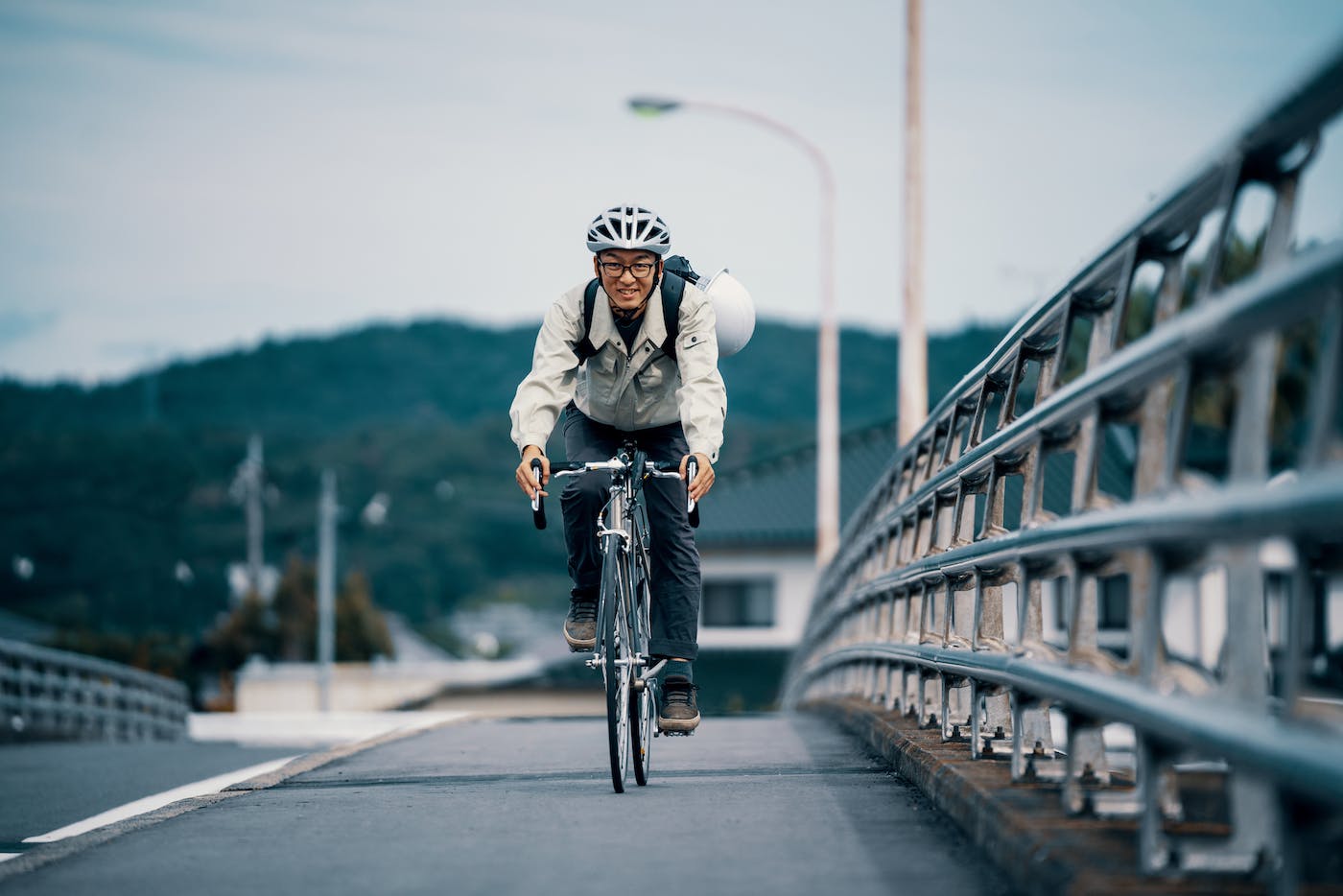
Boost Your City Ratings Score With These Four Policies
Explore top policy approaches to accelerate the construction of bike infrastructure to help your community climb the ranks of PeopleForBikes’ City Ratings program.

2024’s Most Improved Cities for Biking
Through City Ratings, PeopleForBikes evaluates the progression of bike networks in thousands of U.S. cities. Discover which cities improved the most over the past four years and how they did it.
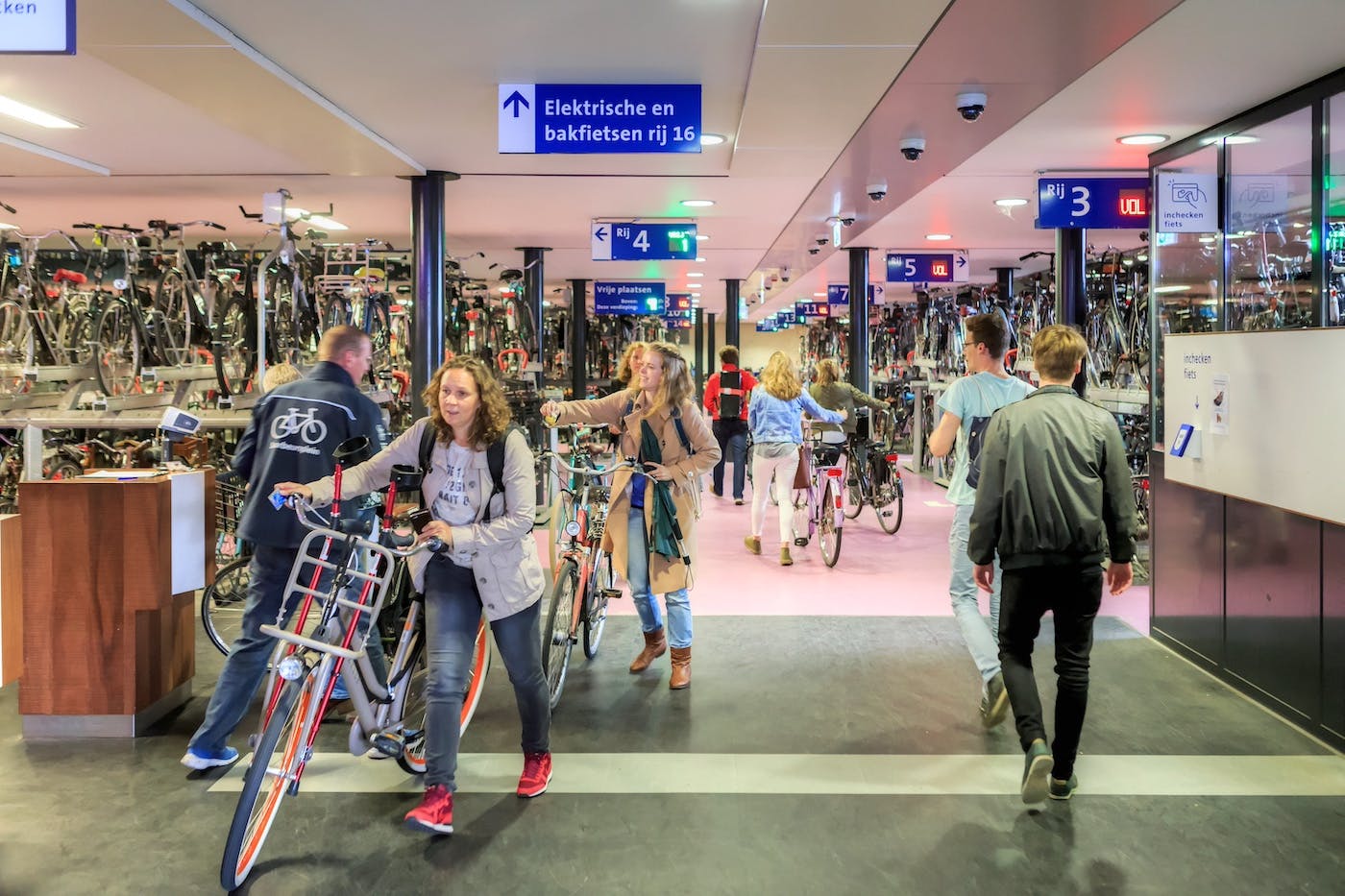
Utrecht's Constant Commitment to Make Biking Better
Explore a first-hand account of what it’s like to travel around one of the best cities for biking in the world.

Bikeable Hometowns: PeopleForBikes Staff Celebrate Their City Ratings Scores
Using the popular Strava Art method, eight PeopleForBikes staffers share what it’s like to bike where they live.
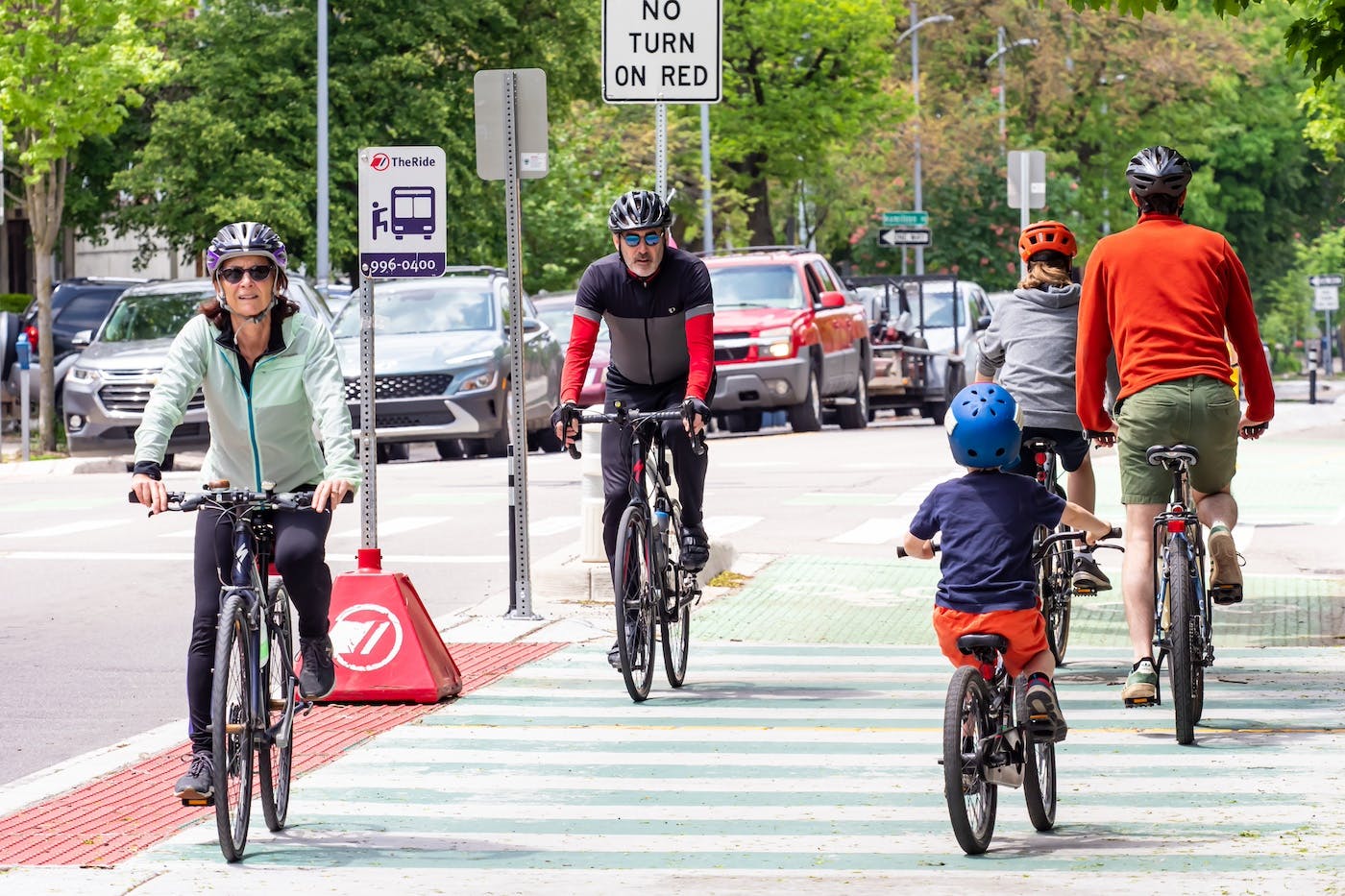
These Midwest College Towns Are Making Big Strides for Better Biking
We’re celebrating Ames, Iowa; Madison, Wisconsin; and Ann Arbor, Michigan as Cities on the Rise as part of PeopleForBikes’ 2024 City Ratings.
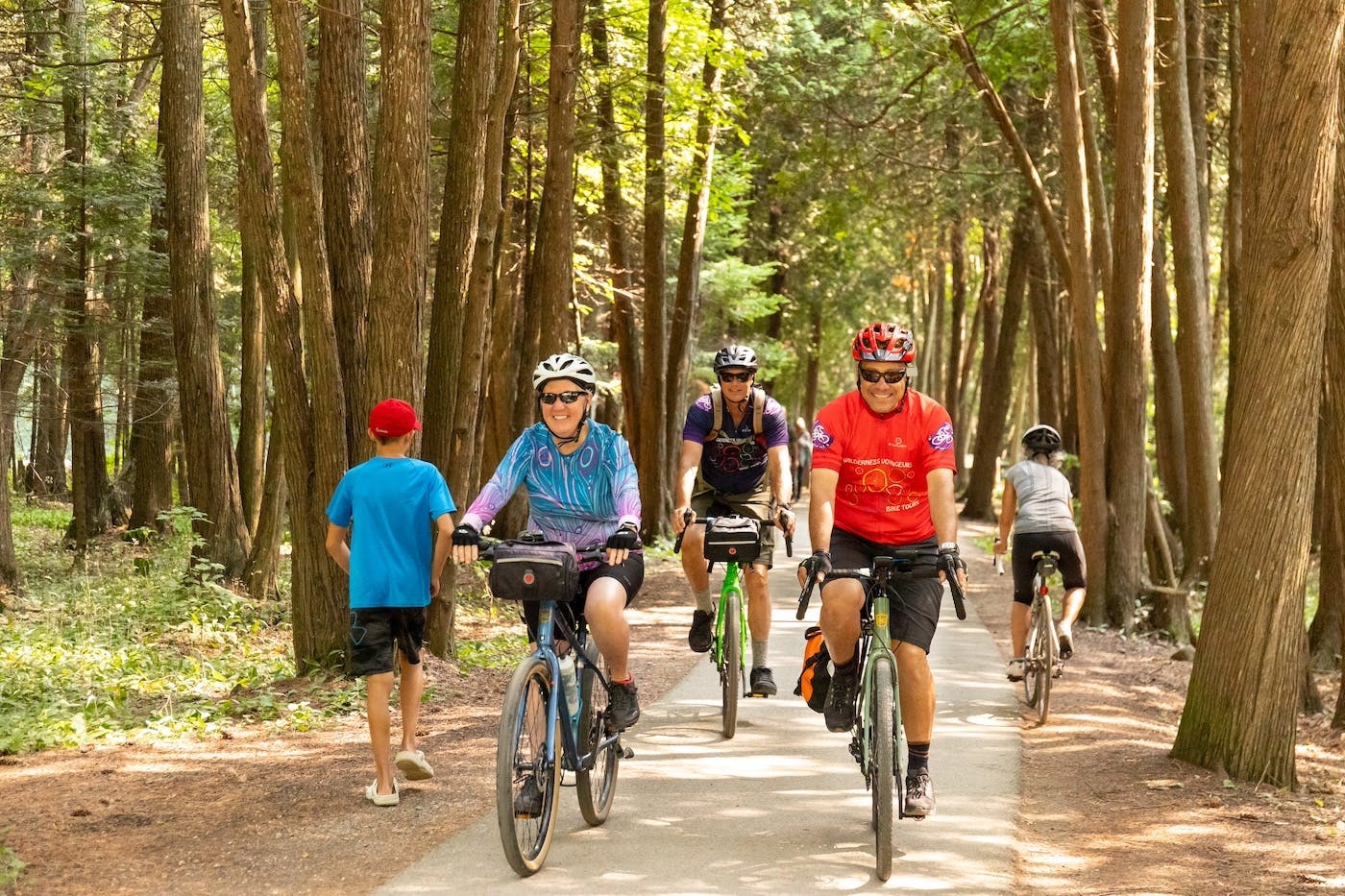
Great Biking Isn’t Just for Big Cities
The top 10 small cities in PeopleForBikes’ 2024 City Ratings scored an average of 89 out of a possible 100, showing that great places to bike come in all shapes and sizes.
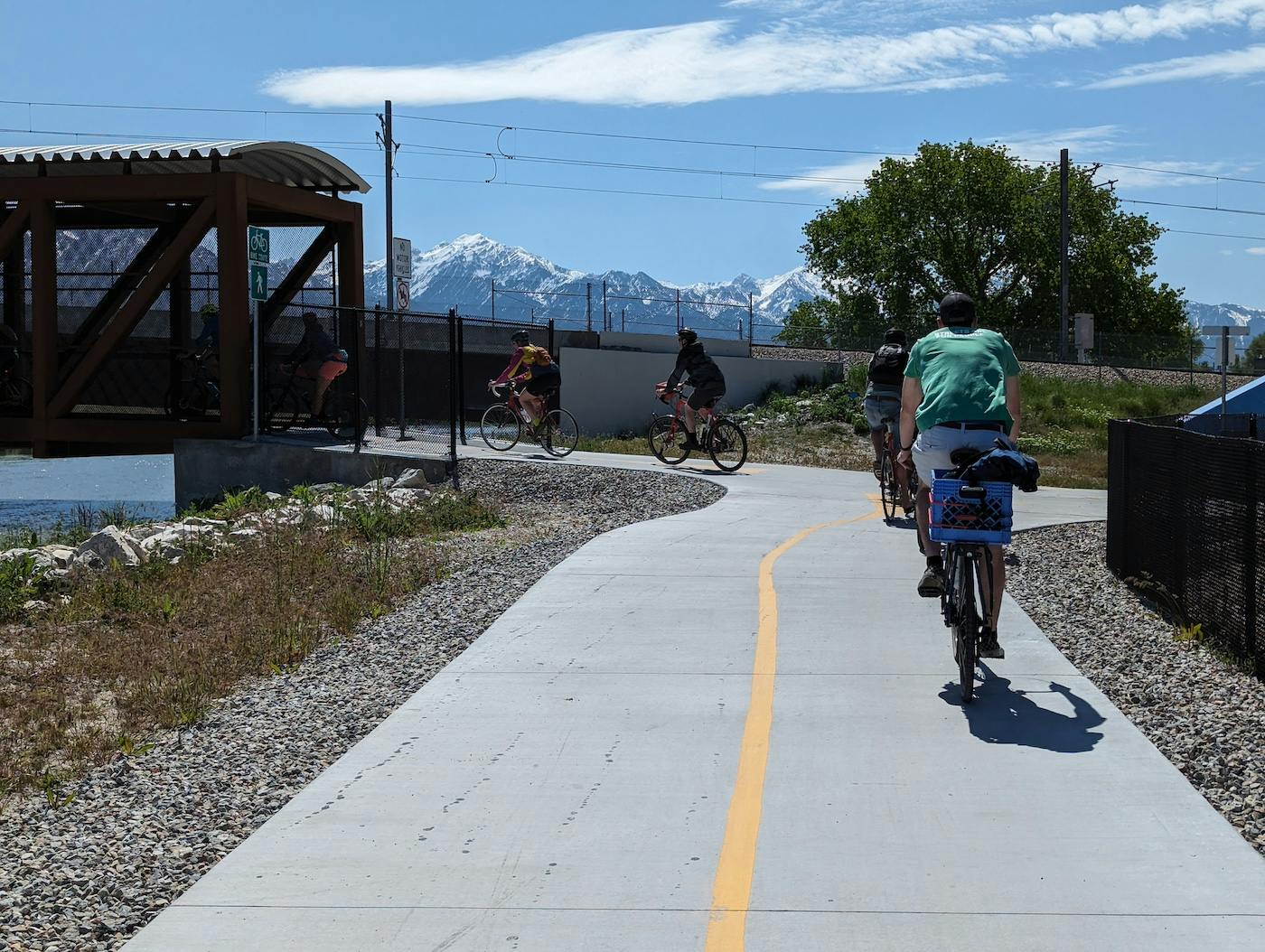
Investments in Infrastructure and Community Make Salt Lake City a Great Place to Bike
One of our 2024 Cities on the Rise, the Utah capital city raised its City Ratings score from 46 in 2020 to 52 in 2024.
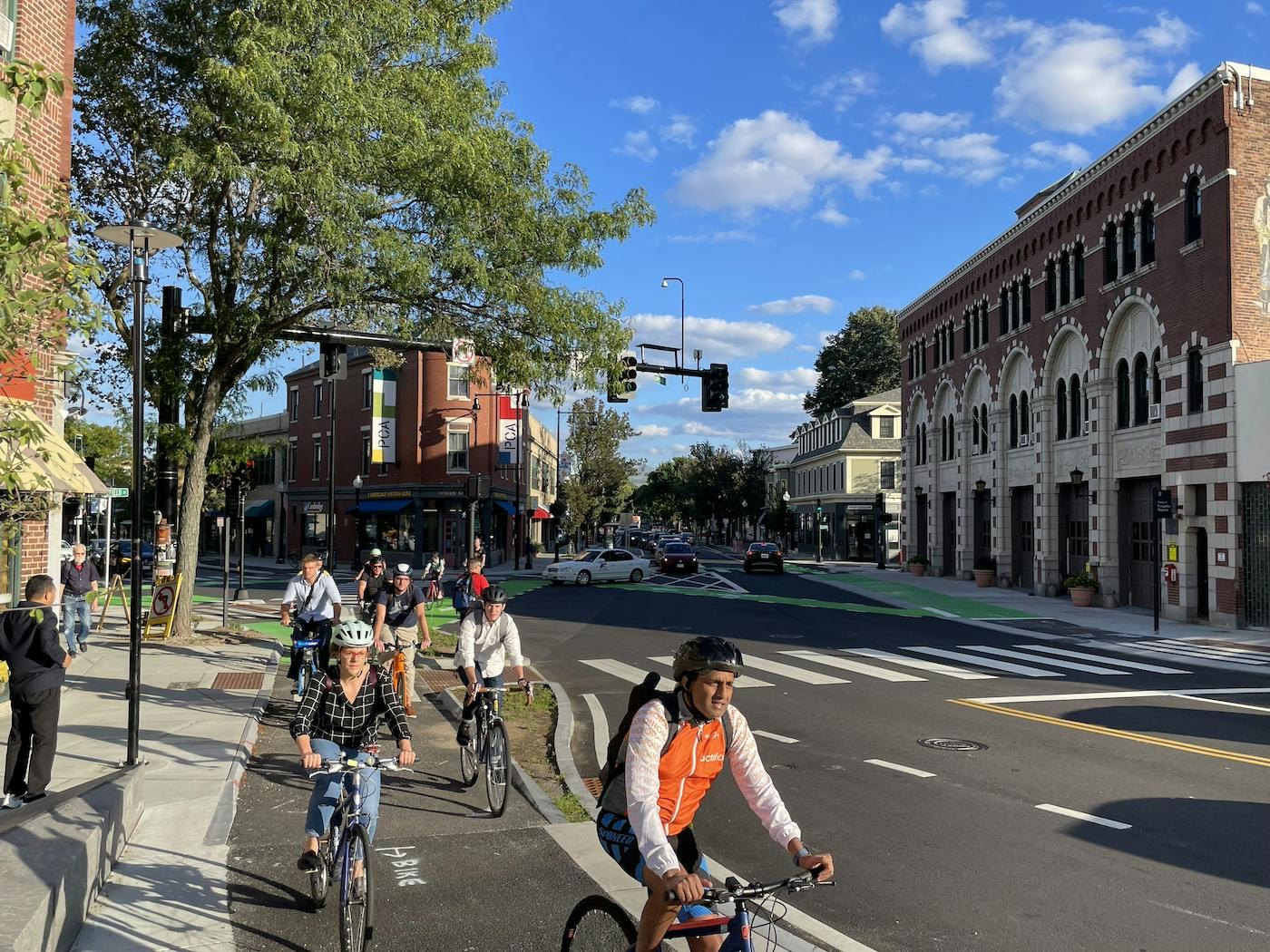
How Pro-Bike Policies Transformed Cambridge, Massachusetts, Into a Top City for Biking
As one of our 2024 Cities on the Rise, building better bike infrastructure isn’t just the norm in Cambridge, it's the law.

This Michigan Tourist Destination is the Best Place to Bike in the U.S.
New this year, Mackinac Island ranked #1 overall in our 2024 City Ratings.
